Figures & data
TABLE 1 Systems used to test the new model
FIG. 1. Comparison of the experimental aclarubicin hydrochloride release profiles (symbols) from dl-lactic acid oligomer microspheres with the theoretical profiles of this work (lines).
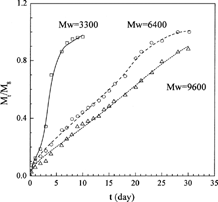
TABLE 2 Parameters obtained by fitting the drug release profiles
FIG. 2. Comparison of the experimental progesterone release profiles (symbols) under different irradiation dose from dl-PLA microspheres with the theoretical profiles of this work (lines).
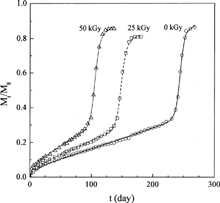
FIG. 3. Dependency of DO, ks, and ln(Tmax) on the γ-irradiation dose (symbols = optimum values, solid lines = linear fit).
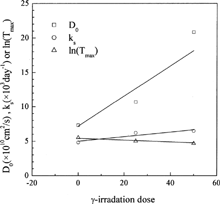
FIG. 4. Comparison of the experimental progesterone release profile from dl-PLA microspheres under 100 kGy irradiation dose with the predicted profile of this work.
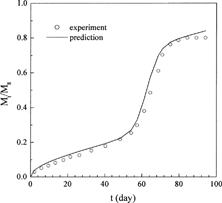
TABLE 3 Correlations for the model parameters with γ-irradiation dose and the values obtained for predicting progesterone release from dl-PLA microspheres irradiated at 100 kGy dose
FIG. 5. Comparison of the experimental TC or TC-impregnated silica xerogel release profiles (symbols) from P(LA-CL78) disks with the theoretical profiles of this work (lines).
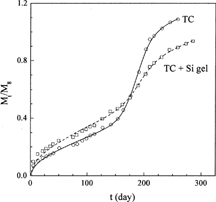
FIG. 6. Comparison of the experimental TC release profiles (symbols) from P(LA-CL) disks with the theoretical profiles (lines) of this work.
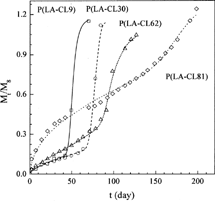
FIG. 7. Comparison of the experimental TC-impregnated silica xerogel release profiles (symbols) from P(LA-CL) disks with the theoretical profiles (lines) of this work.
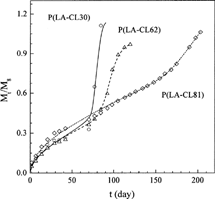
FIG. 8. Dependency of DO, ks, FE, ke, and ln(Tmax) on the CL weight fraction for P(LA-CL) copolymer (symbols = optimum values, solid lines = linear fit).
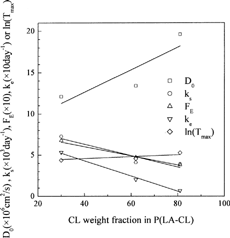
FIG. 9. Comparison of the experimental TC-impregnated silica xerogel release profile (symbols) from P(LA-CL9) disks with the predicted release profile (solid line) of this work.

TABLE 4 Correlations for the model parameters with CL wt.% in the P(LA/CL) copolymer and the values obtained for predicting aclarubicin hydrochloride release from P(LA-CL9) disks
FIG. 10. Comparison of the experimental TC release profiles (symbols) from P(LA-CL81) disks with different drug loadings and the theoretical profiles (lines) of this work.
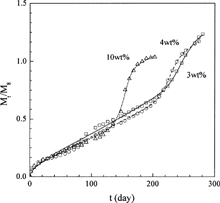
FIG. 11. Dependency of FE, ke, and ln(Tmax) on the initial drug loadings (symbols = optimum values, solid lines = linear fit).
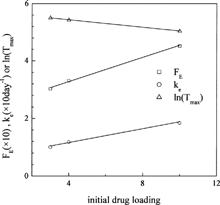
TABLE 5 Correlations for the model parameters with the initial drug loading and the values obtained for predicting aclarubicin hydrochloride release from P(LA-CL) disks